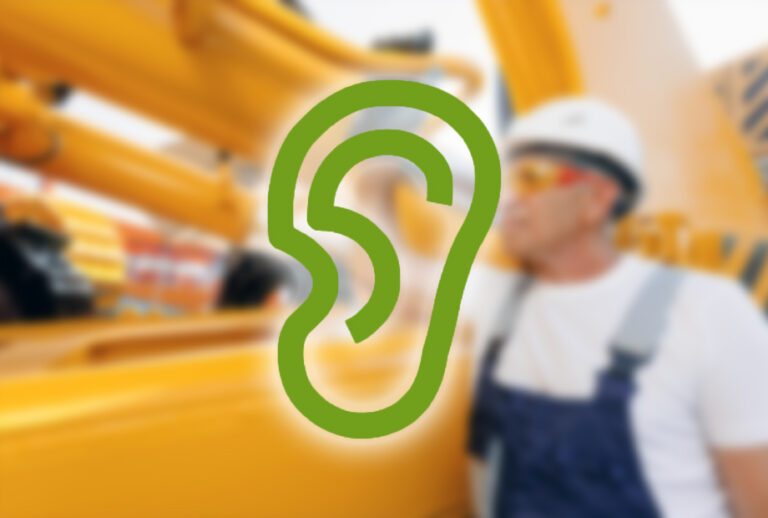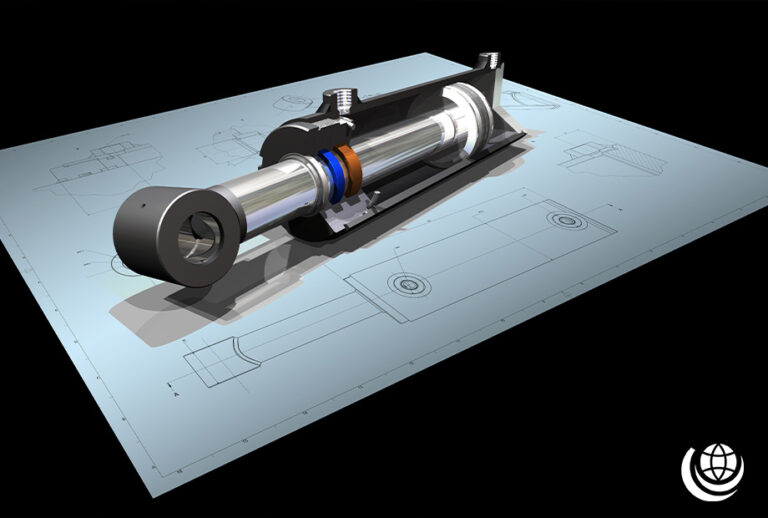Use this checklist when troubleshooting the most common hydraulic problems.
BUT, ahead of setting off and troubleshooting hydraulic problems, make sure that your own senses are firing on all cylinders…
STAY SAFE and before you approach the system make sure all loads are lowered or mechanically secure.
NEVER rely on a hydraulic control valve to hold a load; exhaust the pressure locked in the system and isolate power supply systems and electrical controls.
 »
»
Touch
Heat is a real give-away and the strongest indication of a problem in the system. Feel different areas. If there’s discomfort when you touch a component then there’s a problem. In other words, a component which is too hot could be faulty.
High fluid temperature can damage system components due to inadequate lubrication and excessive thinning of the oil film (low viscosity). A fluid temperature alarm should be installed in the system and all high temperature indications investigated and rectified immediately.
 »
»
Look
Reduced performance, for example longer cycle times or slow operation, is often an early indication of problems within the hydraulic system.
Flow determines actuator speed and response in a hydraulic system. A loss of speed therefore indicates a loss of flow. Inconsistent, erratically moving actuators are a strong sign of entrapped air.
You can read more in separate our separate article on Air Contamination in Hydraulic Systems.
 »
»
Listen
Abnormal noise, banging or knocking, in a hydraulic system is often caused by aeration or cavitation. Cavitation causes metal erosion, which damages hydraulic components and contaminates the fluid.
While cavitation can occur just about anywhere within a hydraulic circuit, air usually enters through the pump’s inlet. It is therefore vital to make sure that the pump intake lines are in good condition and all clamps and fittings are tight.
Taking the time to proactively monitor noise levels, fluid temperature and cycle times can pay dividends – allowing you to detect changes and conditions that can cause costly component failures and unscheduled downtime of hydraulic equipment.
 »
»
Smell
Overheating is one of the most common problems in a hydraulic system and is caused by an increase in the temperature of the hydraulic oil.
An unpleasant, harsh or bitter smelling oil is a sign of excessive heat and indicates that the additive packages in the oil have broken down. Remove and replace the oil as soon as possible to avoid major damage to hydraulic components.
The two most common ways of preventing overheating in your system are to either reduce the hydraulic oil temperature or increase heat dissipation. Find out more here.
We’re a hydraulics ‘hub’, offering thousands of possibilities… how can we help?
Discover more Free Educational Content from our Fluid Power Technical Knowledge Hub…
Troubleshoot Air Contamination in a Hydraulic System
A contaminant is defined as anything that impairs the performance of the hydraulic system and its components. Air contamination in a hydraulic system can be found in hydraulic fluid in four different forms…
Learn MoreSpecifying Hydraulic Hoses
Hydraulic hoses convey the hydraulic fluid around the hydraulic system; they are not minor accessories. Careful consideration must always be given to their specification and installation.
No matter how big or small, a hose burst failure on a hydraulic system is always a catastrophic incident.
Learn MoreThe Vital Role of Hydraulic Cylinder Seals
Hydraulic cylinder seals are commonly found in applications where components are exposed to liquids. They play a vital role within the hydraulic system, as they enable the transfer of liquid power into linear motion.
Learn More






